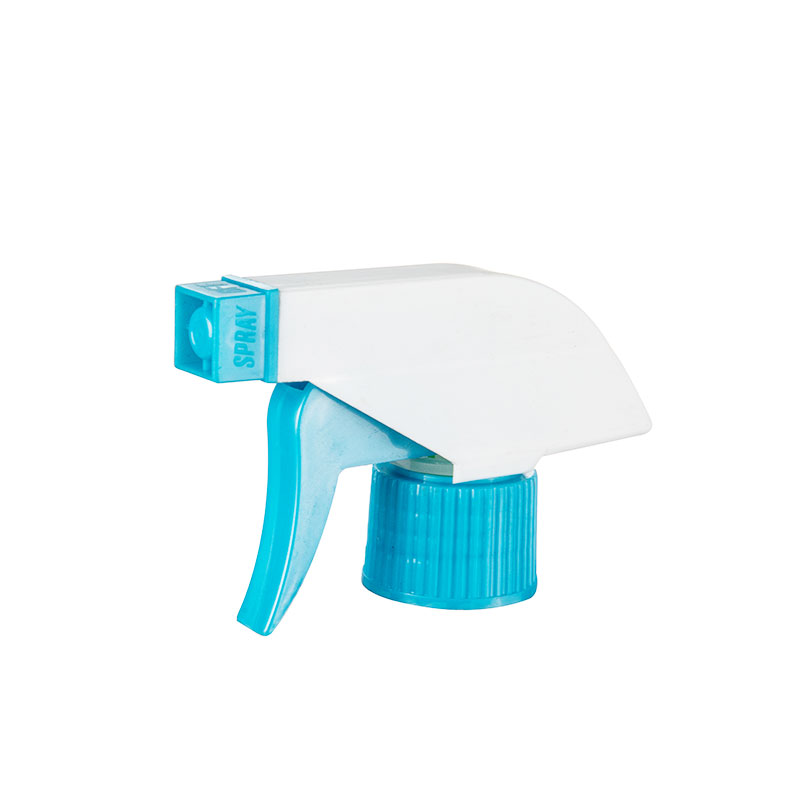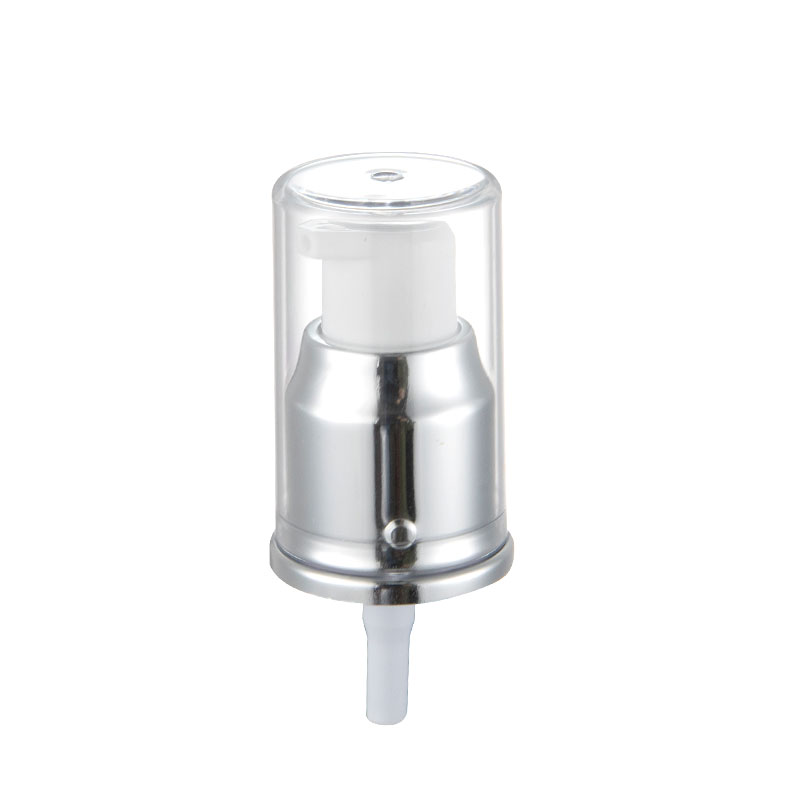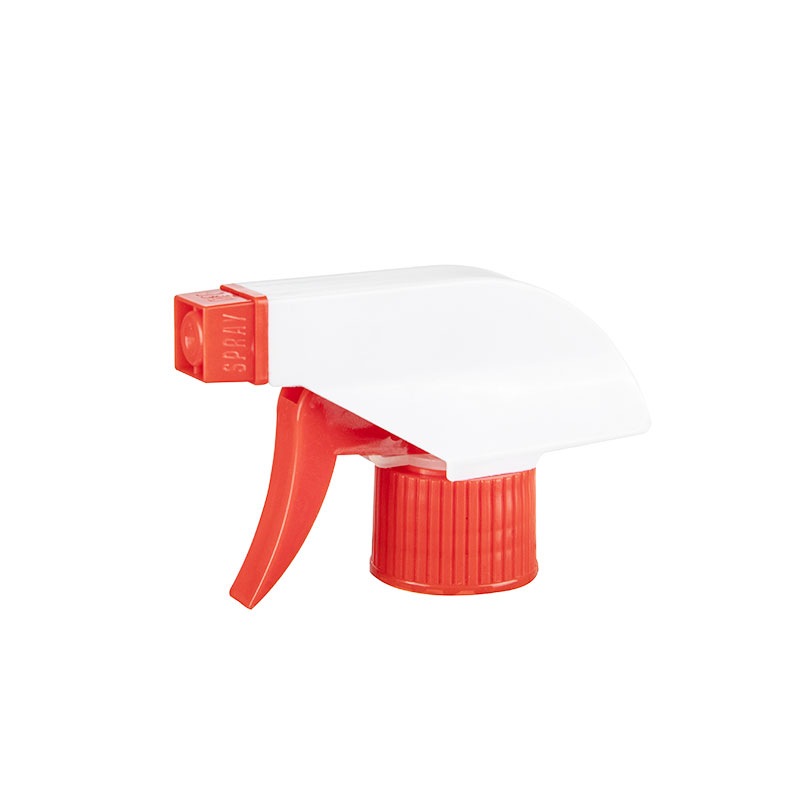How to Select a Plastic Trigger Sprayer Pump
Date:2022-05-27
When selecting a plastic trigger sprayer pump, you should carefully consider the features and benefits of each model. In this article, we will examine Viscosity, Nozzle options, Performance under two operating conditions, and Cost. You will also learn about the main advantages and disadvantages of each type of pump. Then, you can use this information to choose the right one for your needs. Let's begin! - The Nozzle and the Pump
Viscosity
Trigger pumps have different features, such as dosage and output. The cylinder and screw caps come in a variety of sizes, and many types of lubricants require a specific viscosity to be applied properly. Other features include spray patterns, which are especially important for industrial applications. Spray patterns can be short-range, wide-spread, foam or mist, among other options.
Viscosity is a measure of a fluid's ability to resist gradual deformation. It corresponds to the informal concept of "thickness" for liquids. Because honey is more viscous than water, a pump with high viscosity (HV) can deal with thicker liquids better. Depending on the viscosity of the liquid, a high-viscosity trigger sprayer pump may be the right choice.
Nozzle options
An all-plastic trigger sprayer pump is a must-have for any industry. The sprayer comes in a variety of output sizes ranging from 0.75ml to 1.6ml. The sprayer nozzles can be adjusted to give different spray patterns for the liquid you are using. The higher the viscosity, the more liquid the pump can handle, while a lower viscosity trigger sprayer is suitable for watery liquids.
A trigger sprayer pump has several components, including a dip tube. It is important to choose a dip tube that matches the needs of the consumer. The nozzle gives consumers control over the spraying action. Some nozzles spray in a stream while others emit a mist. A trigger sprayer pump will also have a gasket to seal the pump to the neck of a container. Once a consumer has chosen the appropriate trigger, they should use the sprayer as directed.
Performance under two operating conditions
A common question from consumers is "Can plastic trigger sprayers be used with harsh chemicals?" In most cases, yes. However, there are some factors that will affect their performance. One thing to consider is that chemical sprays have a tendency to drift, or land on the surrounding surfaces and blow back into people's faces. In addition to drift, chemical sprays can also have a negative effect on human health over time. The size of the droplet also plays a role, since larger droplets are achieved with lower pressure. Unfortunately, most trigger sprayers have a single mechanism to disperse chemicals and have no way to control their size.
To determine whether the trigger sprayer pump can withstand this kind of force, we performed a series of tests using it. In a 30-strokes-per-minute test, a trigger 24 was in a one-third-articulation position while a full-stroke was in the rearward resting position. In each of these conditions, the trigger's actuation force was greater than that of the one-third-stroke test at thirty-seven SPM.
Cost
Trigger sprayers are available in a variety of designs and styles. They can be classical, modern, or even futuristic in design. Trigger sprayers have a plastic shroud to contain the liquid. They can spray a variety of liquid products, including household cleaners, insecticides, and mildewcides. You can choose from different sizes and colors to suit your needs and the materials you are using.
A plastic trigger sprayer was first used as a spray pump, which allowed the distribution of liquid products through retail outlets. These pumps were inexpensive and easy to use when purchased, but they were inefficient and created a great deal of waste. Pump sprayers, on the other hand, are much more efficient and safe. Plus, you won't have to buy replacement parts for your trigger sprayer, so you can save money.



 English
English 中文简体
中文简体 Español
Español عربى
عربى











